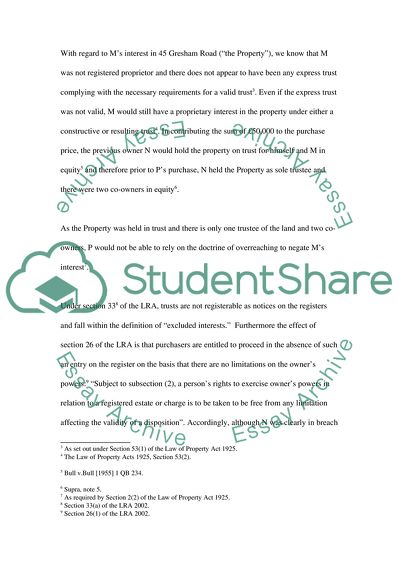Cite this document
(Analysis of Land Law Cases Case Study Example | Topics and Well Written Essays - 3000 words - 2, n.d.)
Analysis of Land Law Cases Case Study Example | Topics and Well Written Essays - 3000 words - 2. Retrieved from https://studentshare.org/law/1720648-land-law
Analysis of Land Law Cases Case Study Example | Topics and Well Written Essays - 3000 words - 2. Retrieved from https://studentshare.org/law/1720648-land-law
(Analysis of Land Law Cases Case Study Example | Topics and Well Written Essays - 3000 Words - 2)
Analysis of Land Law Cases Case Study Example | Topics and Well Written Essays - 3000 Words - 2. https://studentshare.org/law/1720648-land-law.
Analysis of Land Law Cases Case Study Example | Topics and Well Written Essays - 3000 Words - 2. https://studentshare.org/law/1720648-land-law.
“Analysis of Land Law Cases Case Study Example | Topics and Well Written Essays - 3000 Words - 2”, n.d. https://studentshare.org/law/1720648-land-law.


